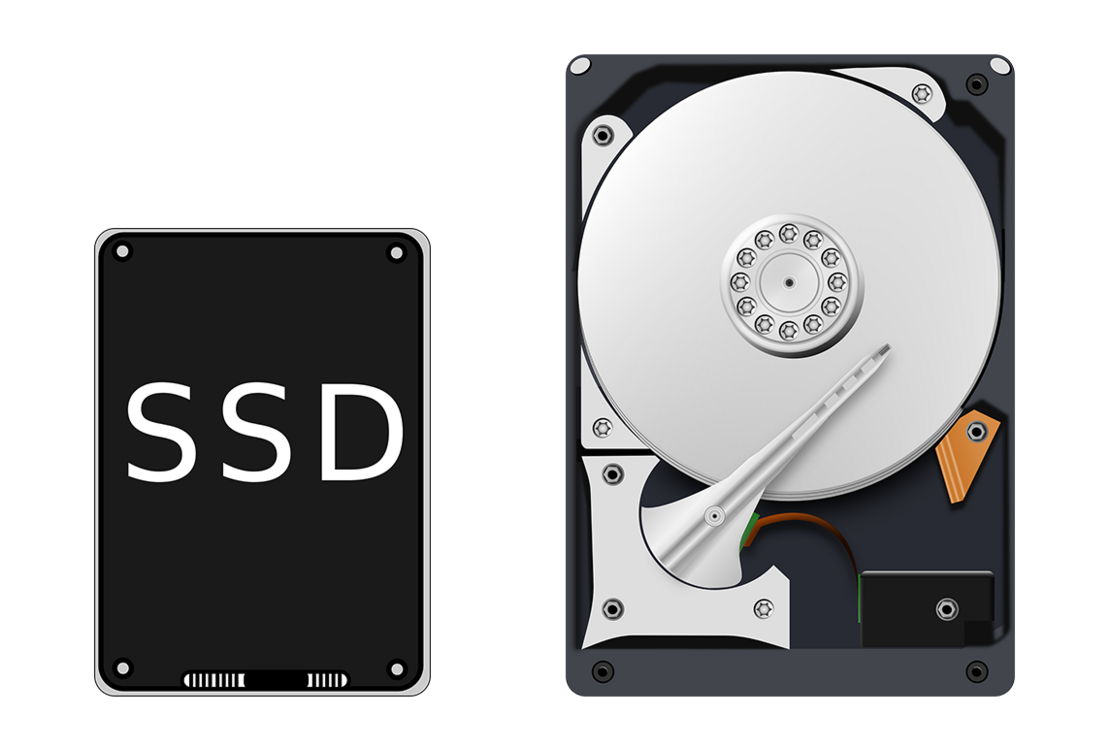How long is data retained on an SSD without a power supply?
In advance: In this case, hard disks are better than SSDs!
Like many other flash memories, SSDs essentially consist of individual NAND memory cells. The durability of the data in such a memory cell is expressed by the so-called retention.
But how long does the data on a built-in SSD last without a power supply?
As is so often the case, the answer is complex, as it depends on many factors:
- SSD type
- Storage capacity
- environmental conditions
- Write load
SSD type
The cell architectures have a major influence on the durability of the stored data. SLC (Single-Level Cell), for example, only stores one bit within the cell. Combined NAND memory cells - which are designed to utilise the chip area more efficiently and ensure higher storage densities - can store up to five bits per cell. However, this ingenious cost-saving measure comes at the expense of endurance.
Whilst SLC can store data for up to 10 years, the storage time decreases rapidly as the packing density increases. MLC (Multi-Level Cell; 2 bit) is already at 5 years, TLC (Triple-Level Cell; 3 bit) at 3 years. QLC (Quadruple-Level Cells; 4 bit) and PLC (Penta-Level Cells; 5 bit) are sometimes even shorter.
Storage capacity
The total capacity of the SSD also has an influence on the retention of the stored data. Larger SSDs tend to have longer data retention than smaller SSDs.
Environmental conditions
Humidity, temperature and their fluctuations have a significant influence on the storage life of data storage media.
The higher the humidity and temperature, the lower the chances that the stored data will be preserved.
Writing workload
As NAND memory cells are subject to a certain amount of wear and tear - each cell can only be overwritten a few times - the greater the "wear and tear", the more forgetful the cells become.
SSDs with a high write load therefore tend to lose data more quickly than SSDs with a lower write load.
Summary
Data retention on SSDs without a power supply is actually a complex issue with many influencing factors. Under worst-case storage conditions - 40 degrees Celsius and at the end of its service life - even the manufacturers warn of premature data loss. This can occur after just four months.
In this case, the good old magnetic data carrier is actually a better alternative. A hard disc is already a more durable option. Magnetic tapes are considered to be even more durable. They can store data for up to 30 years without power.
Tip:
Search for the term "data retention" in the respective SSD data sheet. There you will find the necessary information on powerless storage.




